State I/II before address
Nice print, cut at the copper limit, remnants of old mounts on the back, some small brown stains and thinning in the borders on the back.
Bartsch: 25
Carries three collector's brands:
-Lugt.1731 ( and L.1701 ):" L. LÉPINGLE († around 1903), merchant, Brussels. Prints.
L. Lépingle, a former ironmonger, owned a collection of ancient and modern prints which was purchased, perhaps only in part, by the print dealer Bihn, of Paris.
The collector used, in addition to the mark reproduced, a stamp offering his initials in Roman characters (We have not yet encountered the third mark, cited by Lugt in 1956, offering the initials of the collector in Roman characters Romans), and a third giving his name in full.
The Hermitage Museum in Saint Petersburg holds a set of twenty-two prints by Ignace Joseph Claussin after de Boissieu, eleven of them jointly bearing the marks L.1731 and L.1701, and two among them the marks L.1672b, L.1731 and L.4169 (archives of the Custodia Foundation, letter dated October 24, 2013).
In several sales catalogs, the mark L.1731 was reported on prints accompanied by another unidentified mark, an initial L, stamped in blue-green ink; this has sometimes been identified as L.1701 (for example sale 2009, September 16, London, Christie's, n° 86, Rembrandt, The Flight into Egypt or online sale 2018, November 28 to December 6, Christie's, n° ° 99, Rembrandt, The Last Supper), or else described without mentioning the Lugt number (sale 2009, April 8, London, Christie's, no. 49, Rembrandt, Self-portrait with Saskia; sale 2004, November 25, Haarlem, Bubb Kuyper, no. 3527, W. Panneels, San Sebastian). This mark L.1701 is probably related to the collection of L. Lépingle. So many prints where the two marks, L.1701 and L.1731, appear together lead us to think that they may be linked.
Note that this mark had been reported on a drawing given to Donato Creti (1671-1749) in the catalog of the Galerie Prouté in 1975, without specifying its color (cat. Prouté, Catalog “Dandré-Bardon”, Paris 1975, #8).
The L.1731 mark may be affixed in blue, blue-green and/or red."
-Lugt:4172 (This is a larger size variant of the L.4171 mark): "CHARLES-FRÉDÉRIC MEWÈS (Strasbourg 1858-1914), architect, London. Ornamental and architectural drawings and prints .
Charles Mewès (sometimes written Mewes), originally from a Jewish family in the Baltic countries, was the son of a merchant, Frédéric Mewès, and Julie Laure Schutzenberger. The family left Alsace in 1870 during the Prussian occupation. Charles entered the office of Jean-Louis Paul (1837-1920), a famous architect and teacher at the Beaux-Arts in Paris, at the age of twenty. In 1885, he competed for the Prix de Rome and graduated the following year. In 1900, he joined forces with the British architect Arthur Joseph Davis (1878-1951), his former classmate at the École des Beaux-Arts, and formed the “Mewès et Davis” agency. Charles Mewès owes his reputation as an architect to the many mansions he designed, as well as to hotels – the Ritz in Paris, London and Madrid –, or even to the interior decoration of transatlantic liners.
Like many of his colleagues, such as Joseph Michel Lesoufaché (unmarked), Hippolyte Destailleur (see L.740, L.1303a and b) or André-Denis Bérard (see L.75), Charles Mewès has built up an important collection of models historical ornament, decoration and architecture. Most of the drawings and prints have been brought together in collections and stored in his library alongside books dealing with the same subjects. Unfortunately, there is no inventory of his collection.
His son Charles-Édouard Mewes (1889-1968), also an architect, inherited the paternal collection which he apparently continued without changing the areas of interest defined by his father. It was he who began to sell drawings and prints in France and Switzerland: in the spring of 1966, the Galerie L'Art Ancien in Zurich offered for sale part of the collection of engravings of ornaments from the 16th century. . In April 1970, it was the turn of ornamental engravings from the 17th century. In the prefaces of the two catalogs mention is made of a collection begun more than a hundred years earlier, the result of the efforts of three generations of architects, but without mentioning a name. However, among the ornamental prints appearing in the catalog of the Galerie L'Art Ancien, those purchased by the Rijksmuseum in Amsterdam all bear the stamp of Mewès (Fuhring 2004, nos 1718, 1720, 1722, 12214, 12338-12345) : it is without a shadow of a doubt of this family.
Should we deduce that Charles-Édouard's grandfather was at the origin of this collection? In the absence of a study on this family, it is impossible for us to determine more precisely the beginning of this important collection. Moreover, in the literature there is a confusion between the father and the son. Certain series of prints were mounted in elegant volumes, bound in half or full morocco, entirely in the tradition of collectors of the second half of the 19th century.
Another part of the Mewès collection, in particular the collections of prints and the books, many of which bore an ex-libris of the father or the son, was presented, without mention of name, in a special catalog by the bookseller Léonce Laget in Paris in 1969. This catalog gives a good idea of the richness of this collection where all the schools are present. A number of volumes were acquired by Mark J. Millard (1908-1985) whose collection joined en bloc that of the National Gallery in Washington, and was subsequently the subject of four volumes (1993-2000) .
In 1983, after the Galerie L'Art Ancien closed, other prints from the Mewès collection were sold to the Decorative Arts Department of the J. Paul Getty Museum and are now kept at the Getty Research Institute along with the envelopes. in the name of the old gallery (for example, B. Pavillon after J.-B. Toro, Aiguière au dragon, inv. 83.GI.277.146).
It seems that the mark appears above all on the prints, sometimes only on the mounting, and sometimes also on the books of the Mewès collection. There is also an enlarged version of the seal, stamped in gold as a supra ex-libris on the front cover of a volume. The identification of the elements of the collection is entirely based on the location of the mark and the presence of an ex-libris in the collections and books. As the drawings do not bear a stamp, this significant part of the collection unfortunately largely escapes our attention.
Made up of the letters of the name Mewès – the M and the W in figures and in large, the other letters in small –, the stamp exists in two different sizes and is printed either in blue (L.4172), 22 x 18 mm (rare ), or in red (frequent). One or the other stamp having been seen with the ex-libris of the father as with that of the son, it is not for the moment possible to attribute them, as has been suggested, to Charles-Frédéric Mewès or to Charles-Edouard."



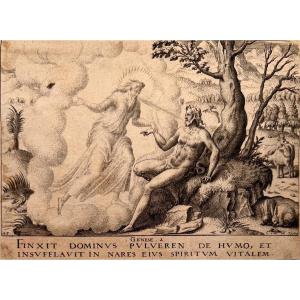

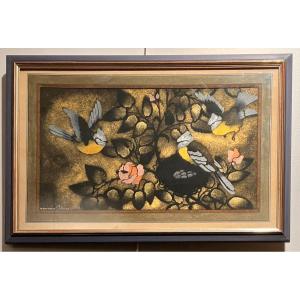
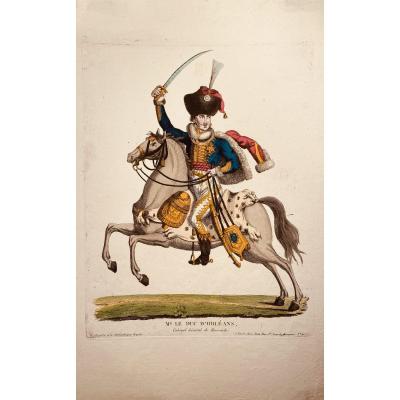



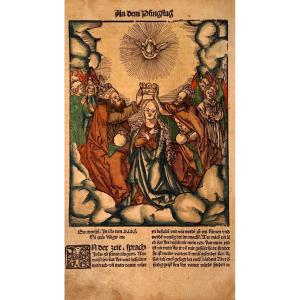
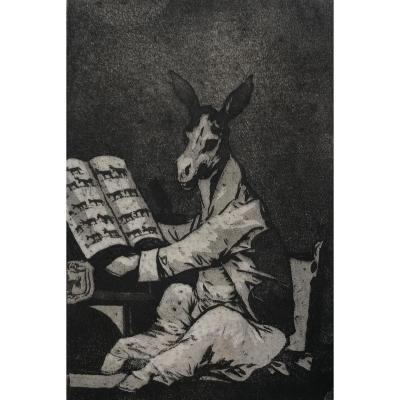

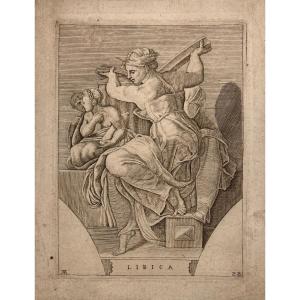
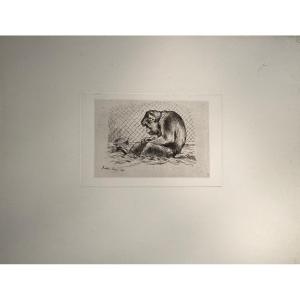




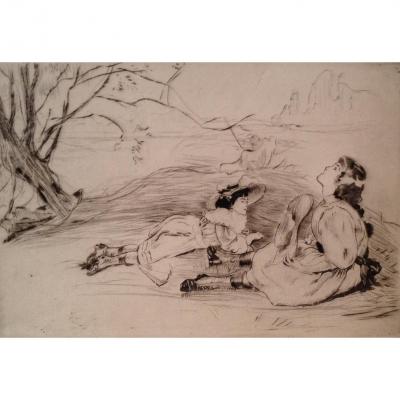
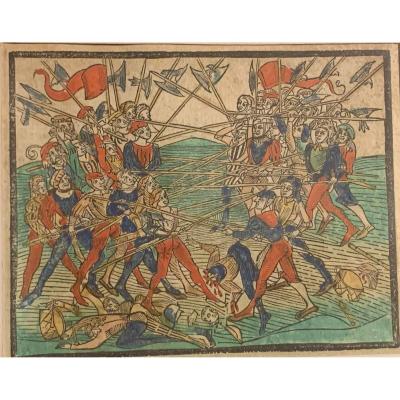



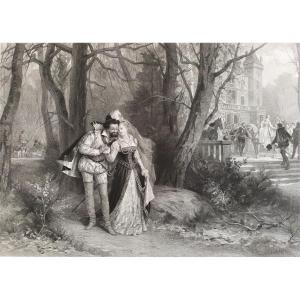



 Le Magazine de PROANTIC
Le Magazine de PROANTIC TRÉSORS Magazine
TRÉSORS Magazine Rivista Artiquariato
Rivista Artiquariato